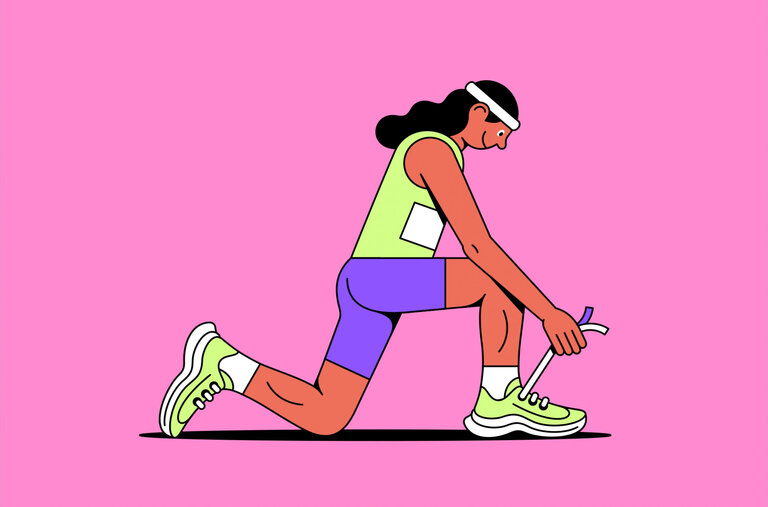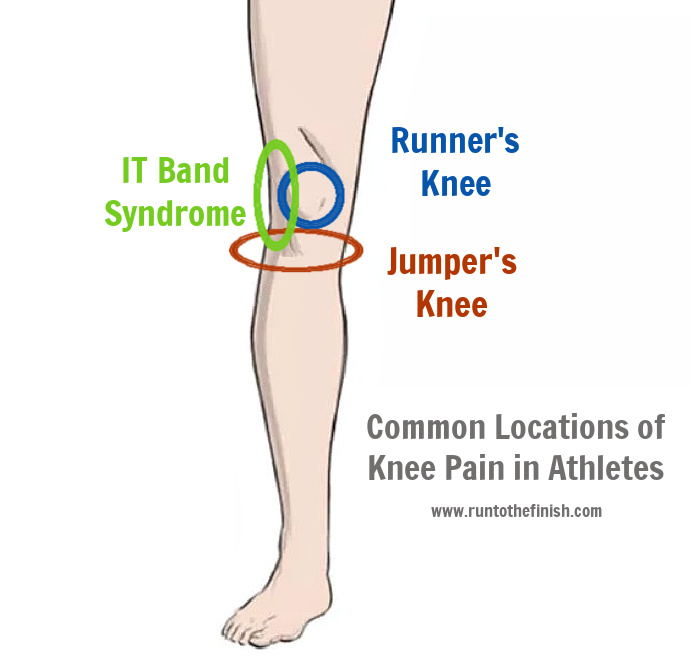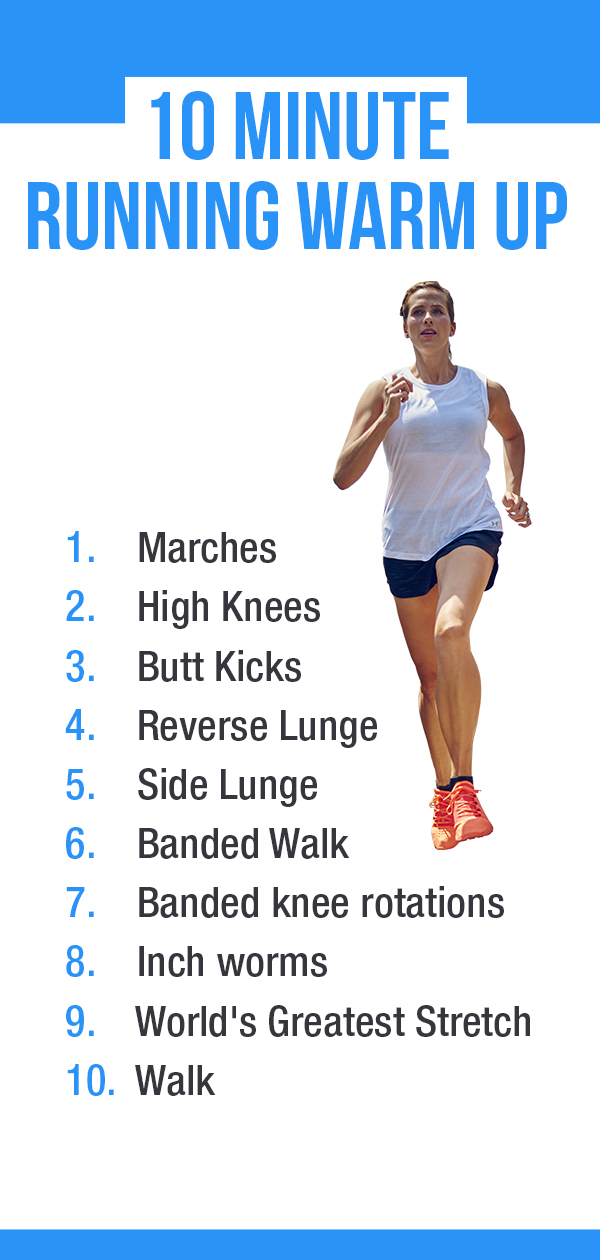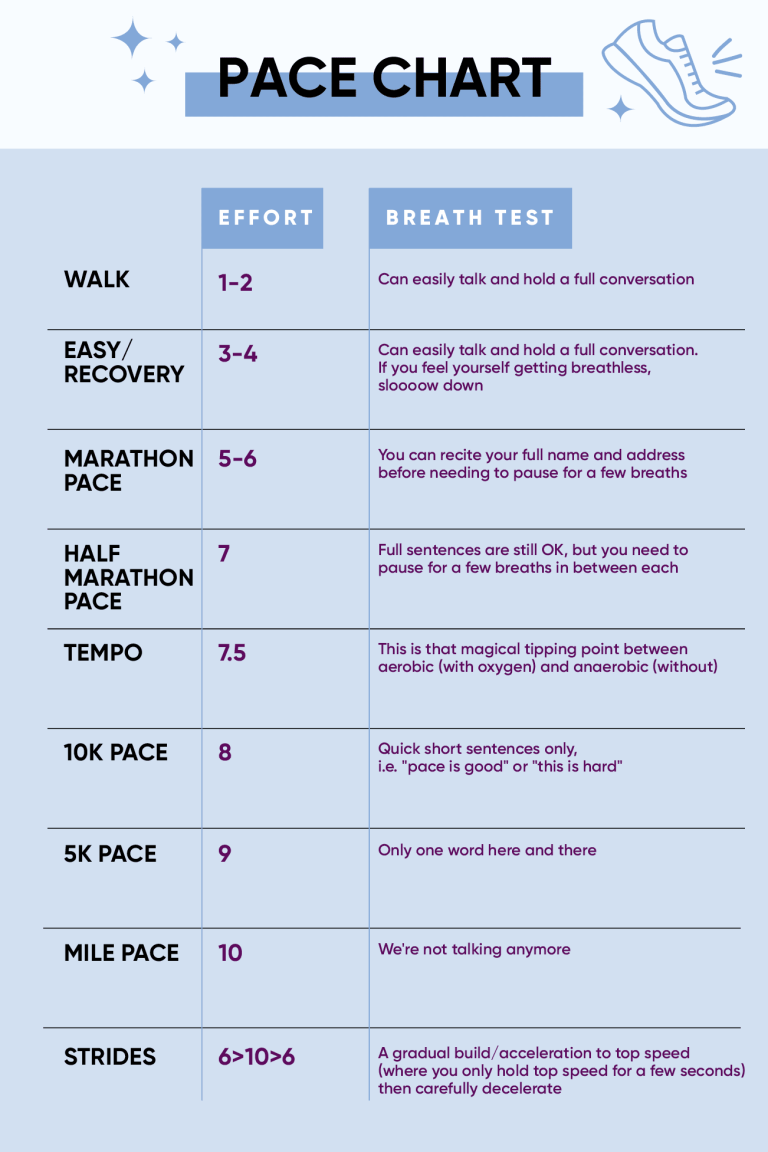Prevent Running Injuries in Marathon
To prevent running injuries in marathons, proper footwear and training are essential. Incorporate strength training and flexibility exercises into your routine to reduce the risk of injuries.
When preparing for a marathon, it is crucial to gradually increase your mileage and rest adequately to allow for recovery. Listen to your body and address any discomfort or pain promptly to avoid potential injuries that can hinder your performance.
By taking proactive measures and caring for your body, you can enjoy a successful and injury-free marathon experience.

Credit: www.nytimes.com
Warm-up And Stretching
Warming up before a marathon and incorporating stretching into your routine are crucial steps to prevent running injuries. A proper warm-up and stretching routine can help to increase circulation, improve flexibility, and reduce the risk of strained muscles and joint pain during the race. In this section, we will discuss the importance of dynamic warm-up and static stretching in preventing running injuries during a marathon.
Dynamic Warm-up
A dynamic warm-up involves performing movements that mimic those of the main activity, in this case, running. The goal is to gradually increase heart rate and blood flow while loosening up the muscles and joints. Dynamic warm-up exercises typically include leg swings, high knees, butt kicks, and lunges. These movements prepare the body for the upcoming physical exertion, making them an essential part of injury prevention in marathons.
Static Stretching
Static stretching involves holding a specific position to lengthen and relax the muscles, promoting better flexibility and range of motion. While dynamic warm-up prepares the body for physical activity, static stretching is beneficial after the warm-up or as a cool-down post-run. Common static stretches for runners include hamstring stretch, calf stretch, quadriceps stretch, and hip flexor stretch. By incorporating static stretching into your routine, you can minimize the risk of muscle tightness and discomfort during the marathon.

Credit: www.hss.edu
Proper Footwear
Proper footwear is essential for preventing running injuries in marathons. Find the right shoes that provide adequate support and cushioning to protect your feet and joints during long distance running.
Choosing The Right Shoes
When selecting running shoes, focus on proper fit and support for injury prevention.
- Consider the cushioning: Opt for shoes with adequate cushioning to absorb impact.
- Look for stability: Choose shoes that provide support to prevent overpronation or supination.
- Get the right size: Ensure your shoes fit well without being too tight or too loose.
Replacing Old Shoes
Regularly replacing worn-out shoes is crucial to maintain adequate support and prevent injuries.
- Check wear patterns: Look for signs of uneven wear on the soles of your shoes.
- Monitor mileage: Replace shoes every 300-500 miles to ensure optimal support.
- Listen to your body: If you experience discomfort or increased fatigue, it may be time for new shoes.
Gradual Training
In Gradual Training, preventing running injuries in marathons requires a methodical approach to building strength and endurance.
Building Endurance
Aim for consistency rather than intensity in training to gradually improve stamina.
Increasing Mileage Safely
Monitor progress and increase distance in small increments to avoid overexertion.
Strength And Conditioning
Boost your marathon performance and minimize the risk of running injuries with targeted strength and conditioning exercises. By focusing on building overall body strength, stability and flexibility, you can enhance your running technique and endurance while reducing the likelihood of common marathon-related injuries.
Strength and conditioning play a crucial role in preventing running injuries, especially for those training for marathons. Incorporating specific exercises to strengthen the core and legs can significantly reduce the risk of common running-related injuries. By focusing on core strengthening and leg exercises, runners can build a solid foundation to support their training and improve their overall performance.Core Strengthening
Engaging in exercises that target the core muscles is essential for runners. A strong core provides stability and helps maintain proper running form, reducing the likelihood of injuries. Incorporate the following core-strengthening exercises into your training routine: – Plank variations (front plank, side plank) – Russian twists – Bicycle crunches – Superman holds – Hollow body holds – Mountain climbers These exercises engage the abdominal, oblique, and lower back muscles, promoting overall core strength and stability.Leg Exercises
Strong and resilient leg muscles are vital for withstanding the physical demands of marathon training. Incorporating leg exercises into your strength and conditioning regimen can help minimize the risk of overuse injuries. Consider including the following leg exercises in your routine: 1. Squats – emphasis on form and depth 2. Lunges – forward, reverse, and lateral 3. Calf raises – standing and seated variations 4. Deadlifts – focusing on proper technique 5. Step-ups – using a bench or elevated platform for variation 6. Glute bridges – with added resistance for progression By incorporating these leg exercises, you can strengthen the major muscle groups involved in running, leading to improved performance and reduced injury risk.Recovery And Rest
Learn how prioritizing recovery and rest can help prevent running injuries during marathon training. By incorporating proper rest days and recovery techniques, runners can enhance performance and reduce the risk of overuse injuries. Prioritizing rest is crucial for maintaining optimal physical condition and reaching peak performance levels.
Post-run Stretching
Post-run stretching plays a crucial role in preventing running injuries during a marathon. It helps to cool down your muscles after an intense workout and maintains their flexibility. Stretching after a long run also aids in reducing muscle soreness, which can occur due to the repetitive motion of running. Incorporating a few simple stretches into your routine can make a world of difference in your recovery and overall performance. Here are some effective post-run stretches to consider:
- Hamstring stretch: Stand straight and extend one leg in front of you, keeping it straight. Lean forward from the hips, keeping your back straight, until you feel a gentle stretch in the back of your thigh. Hold for 15-30 seconds and repeat on the other leg.
- Quad stretch: Stand tall and bring one heel towards your glutes by holding onto your foot or ankle. Make sure to keep your knees close together and hold the stretch for 15-30 seconds. Repeat on the other leg.
- Calf stretch: Find a wall or sturdy object to lean against. Place one foot forward and extend the other leg behind you, keeping both feet flat on the ground. Lean forward, bending your front knee, until you feel a stretch in your calf. Hold for 15-30 seconds and switch sides.
Performing these stretches regularly can improve your flexibility, increase your range of motion, and prevent muscle imbalances that can lead to injuries.
Rest Days
Rest days are just as important as training days when it comes to preventing running injuries. Rest allows your body to recover and repair from the physical stress of running. It gives your muscles, tendons, and ligaments time to heal and strengthen, reducing the risk of overuse injuries.
While it may be tempting to push through the fatigue and keep training, your body needs time to rest and rebuild. Here are a few tips to optimize your rest days:
- Active rest: On your rest days, engage in low-impact activities such as swimming, yoga, or walking to promote blood circulation and maintain joint mobility.
- Proper nutrition: Fuel your body with wholesome foods on rest days to support muscle repair and replenish energy stores. Focus on eating a balanced diet rich in lean protein, whole grains, fruits, and vegetables.
- Mental relaxation: Rest days are not only for physical recovery but also mental rejuvenation. Engage in activities that help you relax and unwind such as reading, meditating, or spending time with loved ones.
Remember, rest days are an essential part of your training program. They allow your body to adapt and build strength, reducing the risk of injuries that could derail your marathon goals. Embrace rest as an integral component of your overall running strategy.

Credit: www.runnersworld.com
Frequently Asked Questions For Prevent Running Injuries In Marathon
How Can I Prevent Running Injuries In A Marathon?
To prevent running injuries in a marathon, make sure to wear the appropriate running shoes, warm up properly before running, gradually increase your mileage, listen to your body’s signals, and cross-train to strengthen muscles.
What Are Some Common Running Injuries In Marathons?
Common running injuries in marathons include runner’s knee, shin splints, Achilles tendinitis, plantar fasciitis, and stress fractures.
What Should I Do If I Experience A Running Injury During A Marathon?
If you experience a running injury during a marathon, it’s important to stop running and rest. Apply ice to the injured area, elevate it, and seek medical advice if the pain persists.
Conclusion
By following these tips, you can significantly reduce the risk of running injuries during a marathon. Pay attention to proper footwear, training intensity, and recovery methods. Listen to your body and seek professional help when needed. With these precautions, you can enjoy a successful and injury-free marathon experience.







